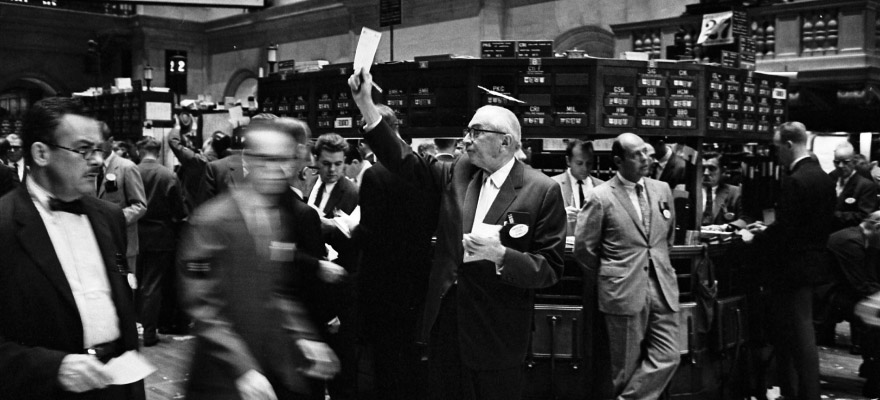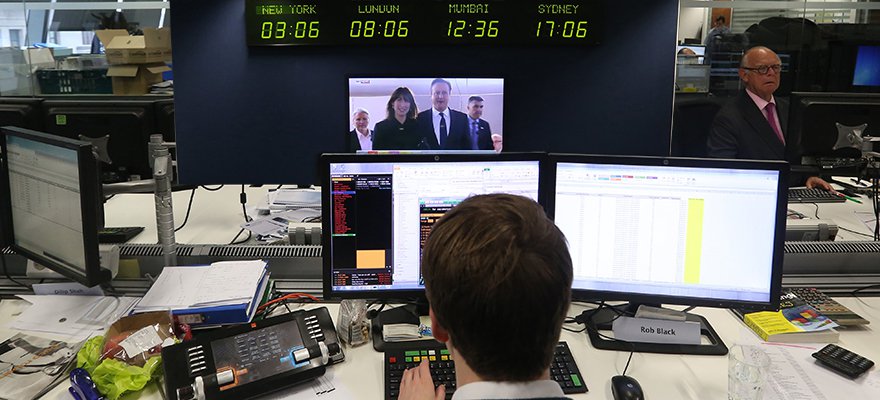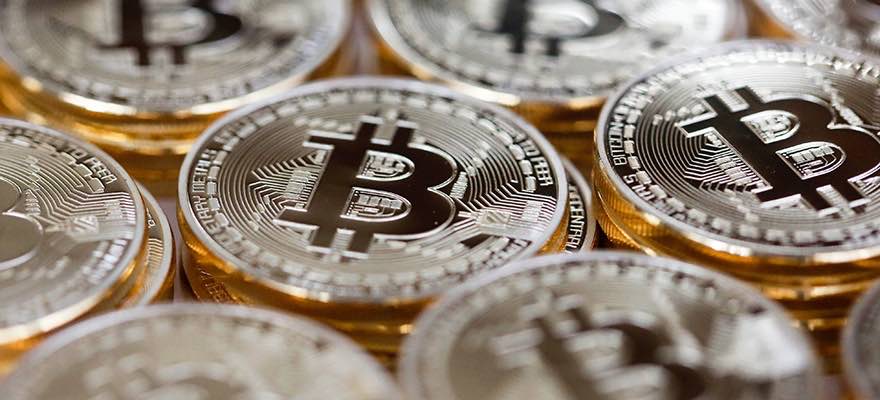Today I want to discuss common brokers' models in order to help start-up brokers to understand the main advantages and disadvantages of each model and choose an appropriate way of starting their business. There are three main types to choose from: ECN / STP, market marker (MM), and a hybrid model.
ECТ/STP
[gptAdvertisement]
ECN means Electronic Communication Network, and it is used to show that the broker is connected to an electronic trading system, where competing bids and offers are sent to one pool. The STP (straight through processing) model is used to show that the broker does not intervene in the execution of order, therefore, all transactions are executed electronically with the highest speed. Formally, the MM broker can also be attributed to this group if execution is made by special software, not manually by dealer.
In the forex community it is widely accepted that brokers directly send all orders to one or more Liquidity providers among A-book brokers. This term includes the two models mentioned above. The main advantage of this model lies in the fact that the broker doesn't bear the risks of clients' trading and makes money on trade turnover. Therefore it is advantageous for brokers when clients don't lose their money and trade more. That is why it is a widely accepted opinion among traders that these brokers are more reliable and profitable for them.
Another advantage of this approach is the lower cost of the license and simpler regulation. In recent times this has become very important, as traders increasingly begin to choose brokers having regulation in certain jurisdictions. Unregulated offshore companies are losing clients and trust.
Market Maker
Unlike ECN / STP, a market maker is a broker that doesn't cover positions on Liquidity Providers and is obliged to pay for clients' beneficial trades with its own money – their earnings are clients losses. The general term for them is B-book brokers. On the one hand, this model faces greater risk, but on the other hand, according to statistics, the majority of customers lose their money so usually the revenues of MM-brokers are higher than those of ECN / STP brokers with the same trade volumes. Additionally, if you prefer the MM model to STP, you will probably need more risk solutions to monitor platform abusers and undertake actions to prevent the consequences of such behaviour. That means spending more money on dealing and special software.
However, you need to bear in mind one more point: if you want to get an MM broker license in an acknowledged non-offshore jurisdiction, you will need a large security deposit (from 100,000 to 1 million depending on the jurisdiction), and additionally you will have to submit reports to the regulator.
It is also worth mentioning here, that some offshore locations don't have forex licensing at all. That is why some brokers open an MM company offshore, while opening the other one with the ECN / STP license in a certain regulated jurisdiction to gain more customer trust. In this scheme the offshore MM company acts as the liquidity provider. This allows a broker to display a license from a respectable regulator, but actually to remain an offshore MM with minimal costs.
Many brokers mix these models and pass only part of the clients' orders to an A-book execution, the rest of the clients are processed by a B-book scheme. Here the scheme may also vary: some brokers choose to pass to the liquidity pool themselves and this is unnoticeable to the client; others offer separate ECN/STP accounts with a guaranteed transmission of orders to the interbank market.
Summary
Let's sum up the main points about the two primary models that a broker can use:
The STP model is more trusted by traders, whereas there are some tricks for an MM to position itself as an STP;
It's easier for A-bookers to register company under trusted jurisdiction;
STP brokers don't bear risks from scalping strategies;
The origin of revenue for B-book brokers is client losses, unlike commissions and mark-ups for A-book;
As a rule, an MM earns more than an STP/ECN broker.
So, it's up to you what model to choose, however you need to understand what target audience you want to attract with this model. This will lead you to clearer vision of jurisdiction and model you want to choose, as well as the accompanying risks and costs to be incurred.
This article was written by Aleksey Kutsenko, founder and CEO of Tools for Brokers Inc. and member of the Dispute Resolution Committee of FinCom.






















